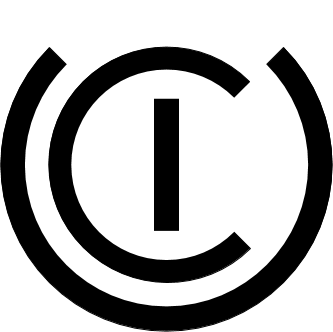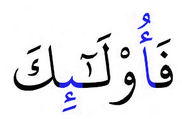 The Emoji 12.0 Beta contains 236
Emoji
Draft Candidates, consisting of 61 characters plus 175 sequences. These are
slated for release in 2019Q1 together with Unicode Version 12.0.
The Emoji 12.0 Beta contains 236
Emoji
Draft Candidates, consisting of 61 characters plus 175 sequences. These are
slated for release in 2019Q1 together with Unicode Version 12.0.The emoji are in the following categories: 3 smileys & emotion, 209 people & body, 7 animals & nature, 9 food & drink, 6 travel & places, 3 activities, 15 objects, and 12 miscellaneous symbols. 50 of the new emoji (including gender/skin-tone variants) are for accessibility, such as ear with hearing aid and woman in manual wheelchair. The hearts, circles, and squares now have the same set of colors for decorative and/or descriptive uses.
Multi-person emoji now have skin-tone variants:
(A) Full Emoji v12.0 support requires that the holding-hands emoji (👫 👬 👫) with specific genders be supported with 55 combinations of mixed skin tones, such as:
- man with dark skin tone and woman with light skin tone holding hands
- woman with medium skin tone and woman with medium light skin tone holding hands
- man with light skin tone and man with light skin tone holding hands
- family (adult+adult+child) with dark skin tone
- couples with heart (adult+adult) with medium skin tone
- couples kissing (adult+adult) with light skin tone
The following notes are relevant for implementers:
- The 40 holding-hands emoji with mixed skin tones have a simpler internal representation, compared to the previous draft. The 15 with uniform skin tones use a single character plus skin-tone modifiers.
- Implementations may optionally support all combinations of mixed skin tones for the 6 multi-person emoji in the B group. This can be a large number — over 4,000 for the family emoji alone — and thus may not be practical for all devices.
- Clearer definitions are now provided in the specification, along with a new set for Basic_Emoji. For other details, see the specification.
Adopt-a-Character
Over 130,000 characters are available for adoption, to
help the Unicode Consortium’s work on digitally disadvantaged languages.
![[badge]](http://www.unicode.org/announcements/ynh-infinity.png)
![[badge]](http://www.unicode.org/announcements/ynh-infinity.png)

 Unicode® ICU 63 has just been released. It updates to
Unicode® ICU 63 has just been released. It updates to
 Version 34 is the latest version of CLDR, the core open-source language data
that major software systems use to adapt software to the conventions of over 80
different languages. CLDR data is used by many products for Unicode and language
support, including Android, Cloudant, Chrome OS, Db2, iOS, macOS, Windows, and
many
Version 34 is the latest version of CLDR, the core open-source language data
that major software systems use to adapt software to the conventions of over 80
different languages. CLDR data is used by many products for Unicode and language
support, including Android, Cloudant, Chrome OS, Db2, iOS, macOS, Windows, and
many  The combining classes of Arabic combining characters in Unicode are different than combining classes in most other scripts. They are a mixture of special classes for specific marks plus two more generalized classes for all the other marks. This has resulted in inconsistent and/or incorrect rendering for sequences with multiple combining marks since Unicode 2.0.
The combining classes of Arabic combining characters in Unicode are different than combining classes in most other scripts. They are a mixture of special classes for specific marks plus two more generalized classes for all the other marks. This has resulted in inconsistent and/or incorrect rendering for sequences with multiple combining marks since Unicode 2.0.
 The Unicode Consortium announces the election of four Directors for three year terms beginning January 2019: Bob Jung, Iris Orriss, Alolita Sharma, and Greg Welch. A fifth candidate, Michele Coady, was elected for a one year term.
The Unicode Consortium announces the election of four Directors for three year terms beginning January 2019: Bob Jung, Iris Orriss, Alolita Sharma, and Greg Welch. A fifth candidate, Michele Coady, was elected for a one year term. The Unicode Consortium would like to welcome a new Technical Director, Dr. Ken Lunde.
The Unicode Consortium would like to welcome a new Technical Director, Dr. Ken Lunde.

